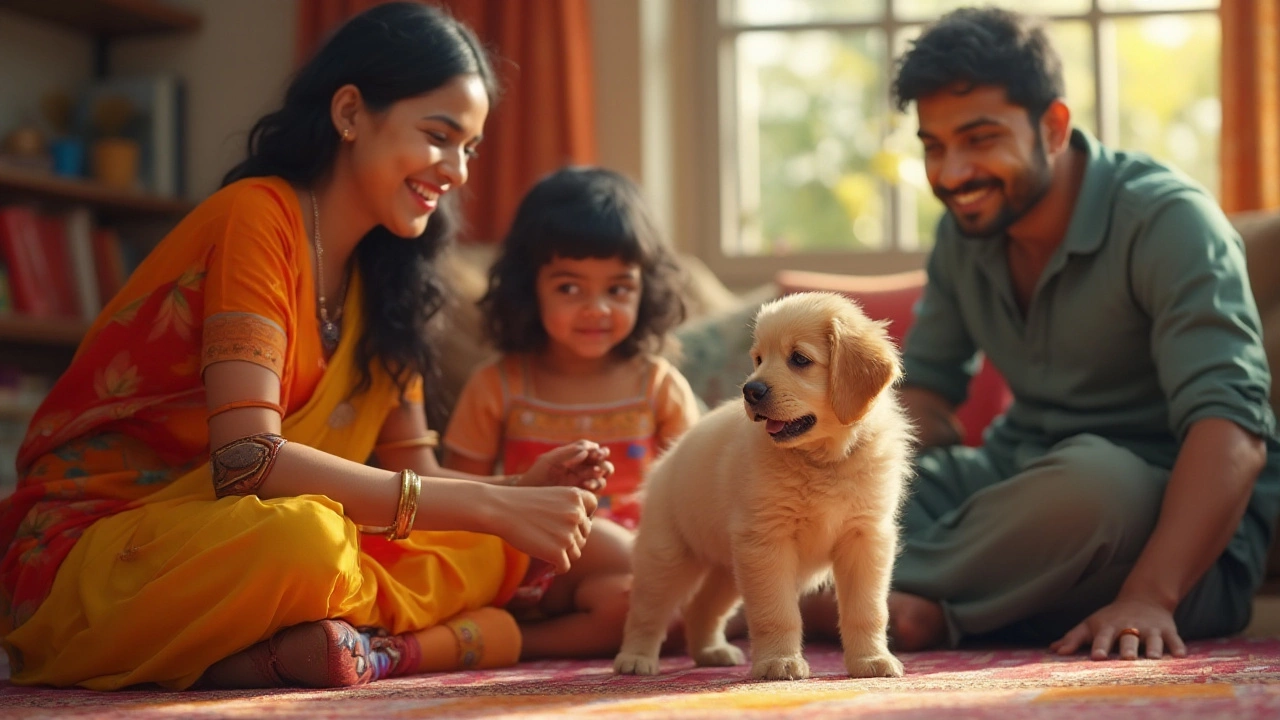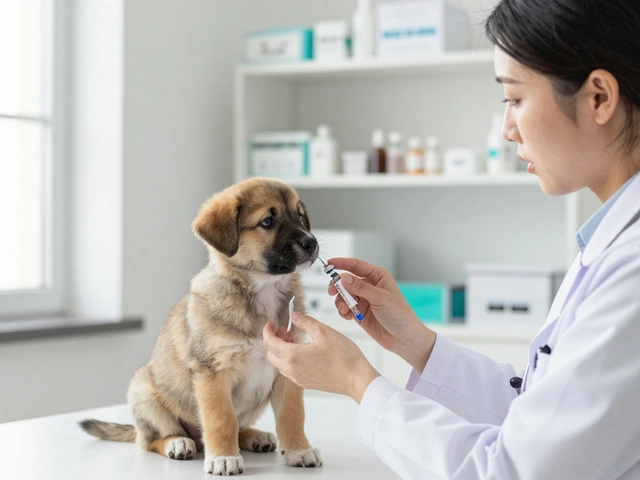Puppy Peeing: When They'll Stop and How to End Indoor Accidents Fast
Got a puppy that’s leaving little puddles around the house? It’s normal, but it can feel like a never‑ending mess. The good news is that most pups outgrow indoor peeing with the right routine and a bit of patience. Below you’ll find the timeline most owners see, the things that can speed up or slow down the process, and a handful of proven tricks you can start using tonight.
How Long Does Puppy Peeing Usually Last?
On average, a puppy will be mostly house‑trained by the time it’s 4 to 6 months old. The exact window depends on breed size, bladder capacity, and how consistent the training is. Small breeds like Chihuahuas often finish earlier because they have smaller bladders, while giant breeds such as Great Danes may need up to eight months. If you’re seeing accidents after 7 months, it could be a sign that the schedule isn’t meeting the pup’s needs or that the environment is confusing.
Key factors that affect the timeline include:
- Feeding schedule: Regular meals create predictable bathroom breaks.
- Outdoor access: Frequent trips outside (every 1‑2 hours) give the puppy a chance to empty before an accident happens.
- Consistency: Using the same cue word and rewarding every successful go‑outside speeds up learning.
Proven Tips to End Indoor Accidents
Here are five practical steps you can implement right now:
- Set a strict potty timetable. Take the puppy out after waking, after eating, after play, and before bed. Even if you think they don’t need it, the routine reinforces the habit.
- Use a confined space. When you can’t supervise, keep the pup in a crate or a small puppy‑pen. Dogs naturally avoid soiling where they sleep.
- Reward immediately. A treat, enthusiastic praise, or a quick game right after they finish outside tells them it was the right choice.
- Watch for signals. Sniffing, circling, or heading to the door means they need a break. Act fast before they start marking inside.
- Clean accidents with enzyme cleaners. Regular cleaners leave scent behind that can attract the puppy back to the same spot.
If accidents keep happening despite these steps, consider a vet check‑up. Sometimes urinary infections or bladder stones can cause frequent peeing.
Remember, patience is key. Each puppy learns at its own pace, but with a clear schedule, consistent rewards, and a clean environment, most pups will stop peeing indoors well before their first birthday. Keep the routine steady, stay positive, and soon you’ll be enjoying a dry floor and a happy, confident dog.

Effective Solutions for House-Training a Puppy and Managing Accidents
House-training a puppy requires patience, understanding, and the right approach. If your puppy pees in the house, learning the best disciplinary methods is crucial to ensure effective learning and a happy household. It's important to approach this problem with a positive mindset and practical strategies. This article provides useful information on how to handle accidents and reinforce good behaviors using effective puppy training techniques.
read more



